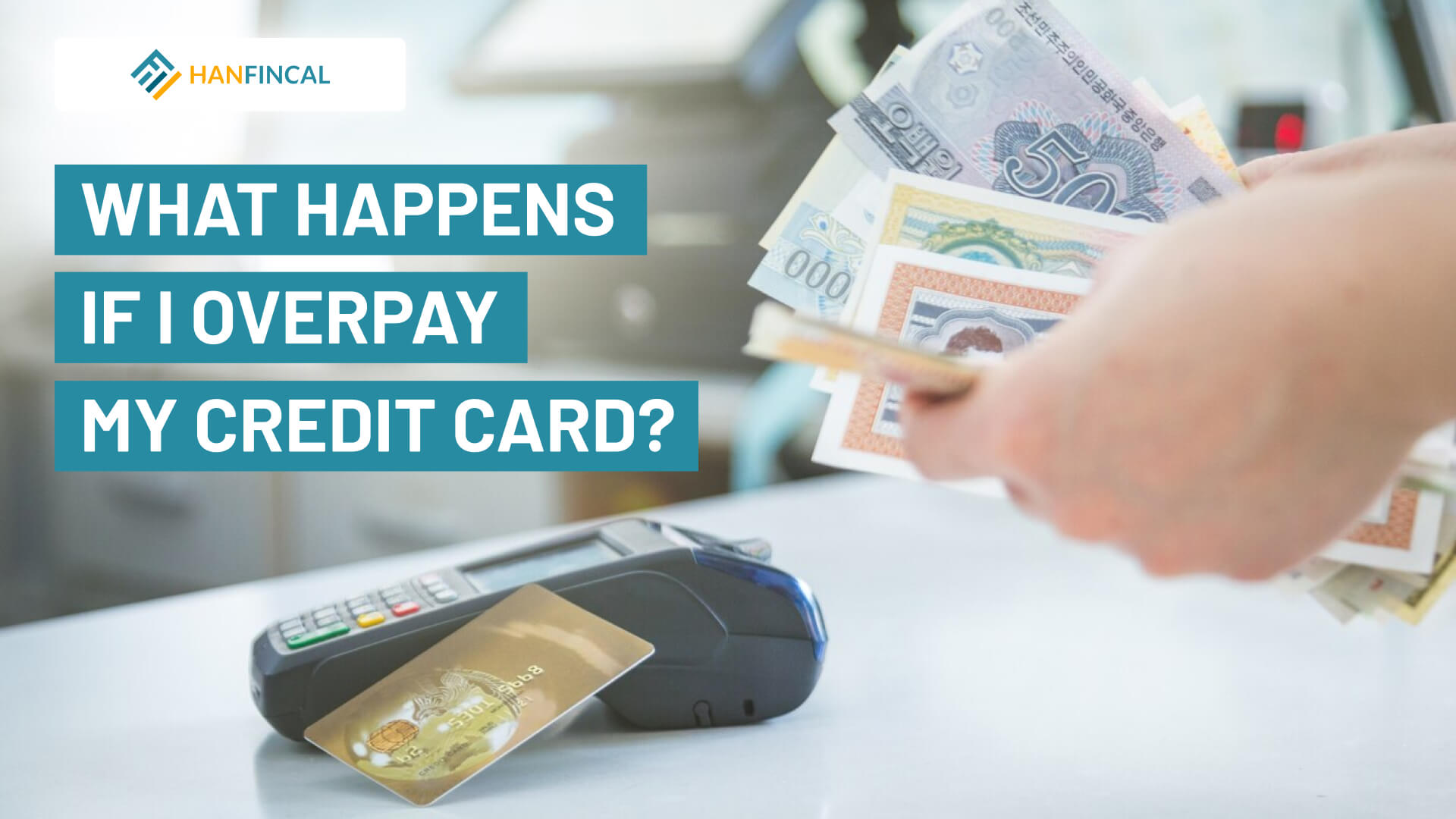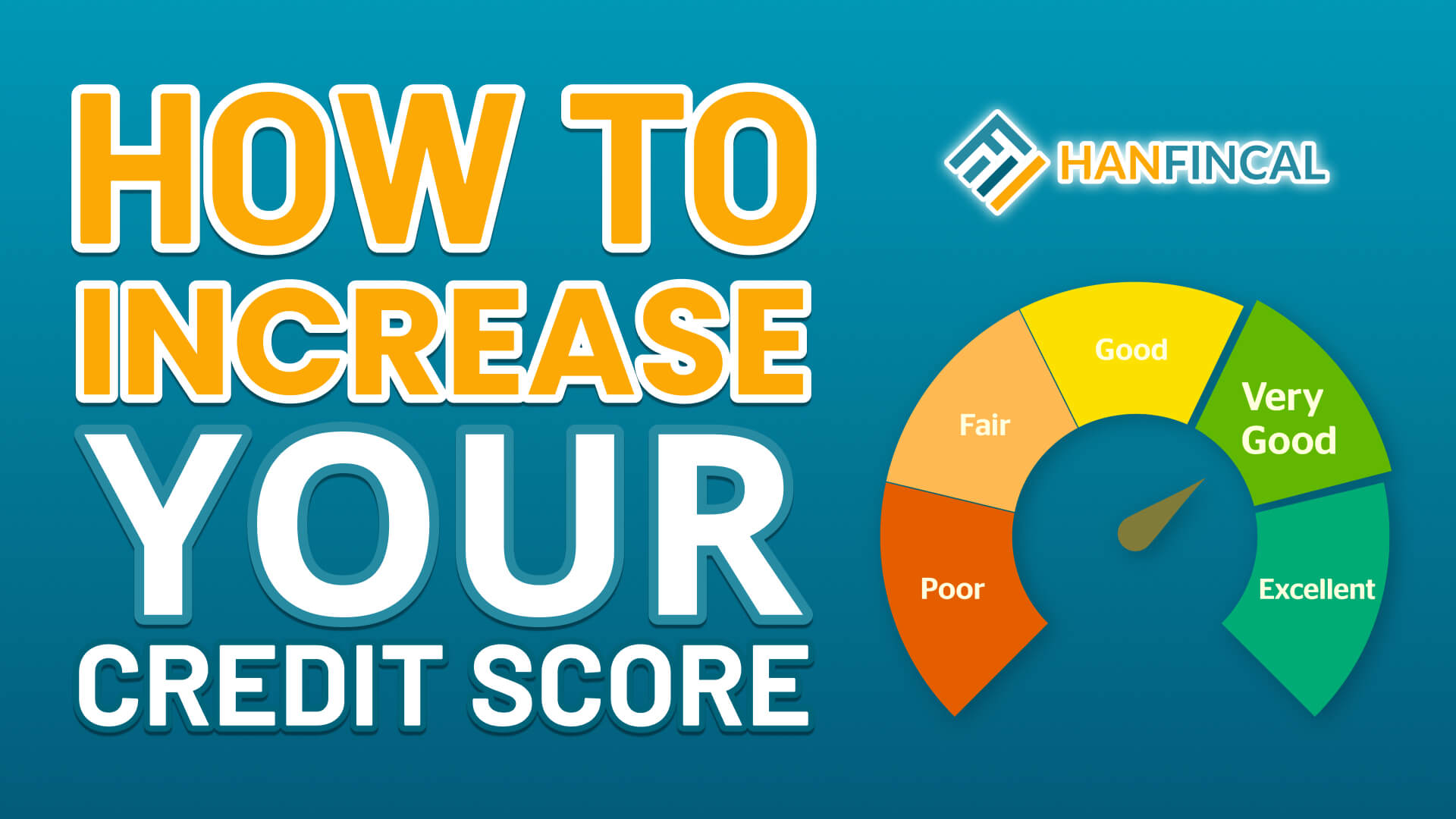Overpay occurs when there are some mistakes during the building and paying your credit payments. So, have you ever wondered what happens if I overpay my credit card? Hanfincal will show you in this article.
1. What happens if you overpay your credit card?
If you overpay your credit card balance, the balance on your account is negative. This means that the card issuer owes you money.
Before proceeding, ensure that your bank has cleared the overpayment and applied it to your credit card account balance. Your card company may have a policy of returning any overpayments that result in a credit balance. Check for pending transactions that could wipe out the negative balance and return you to, or close to, a positive balance. If you do not use the card for six months, the card issuer is required by law to refund the overpayment.
2. How do you end up overpaying your credit card?

How do you end up overpaying your credit card?
2.1. Additional payments on top of automatic payments
Setting up an automatic payment is convenient to ensure that your payments are made on time and in the correct amount. Manually entering the numbers for each transaction can lead to errors; paying more will result in a negative balance; paying less will result in insufficient funds to process your payment, leading to missing payment.
Most credit card issuers allow you to set up autopay for your monthly bill. This is a fantastic feature because it relieves the stress of remembering the due dates of your bills. When you enable autopay, you will never be charged a late payment fee because the card company will withdraw the funds from your bank account on your behalf.
However, if you have set up an automatic payment, make sure to cancel it if you have previously made a manual payment for some reason. You risk being charged double for the same bill if you do not cancel, resulting in an overpayment and a negative balance.
2.2. Manual payments
You can enter your payments manually if you do not want to set up an automatic payment. It is good for those who are careful with good memory; this helps them control each payment to ensure a correct amount and time.
Manual payments allow you to pay what you want and when you want. When you make a payment, every credit card company with an online payment system gives you the option of how much you want to pay. These amounts can be the entire balance, minimum balance, or custom. You typically use the custom amount option when you want to pay more than the minimum but less than the whole balance.
Manual payments have their advantages as well. You can manually manage your payments and spending, allowing you to adjust if there is any overspending. However, remember that you must ensure that every number you enter is exact to avoid overpaying if you enter the wrong number. However, there will inevitably be errors when done manually, which can quickly lead to a negative balance.
2.3. Refunds and credits
Another way to overpay on your credit card is to request a refund from a merchant. If you pay off your balance before receiving a refund, you will receive a credit balance. For example, suppose you buy a refrigerator on the 10th of the month and pay with a credit card, but after using it, you are dissatisfied and want to exchange it for a lower-priced one. This leads to a negative balance because you were charged a higher amount in the first place, and the subsequent refrigerator is smaller.
3. What to do if you overpay your credit card?

What to do if you overpay your credit card?
3.1. Ask for a check
If you overpay for payment, don’t be afraid to request a check from your credit card company via phone or email. The credit card company will not return the number to your balance to zero or positive in this manner; instead, they will refund you the amount in the form of a check.
3.2. Do nothing
You can completely disregard your overpaid amount if it is insignificant. Credit card issuers have to make a good-faith effort to refund the negative balance after six months of the card being unused. However, this is not recommended because no one can guarantee that you will receive your refund after six months. The card company will attempt to refund you, but if you have moved or something prevents them from contacting you, you will not receive that refund. Because a penny saved is a penny earned, you should make every active effort to get your money back as soon as possible.
3.3. Request a refund
If you want to get your money returned by your issuer, you can submit a written refund request. If you make a written request for a refund, your issuer sends you the amount owed within seven business days. Some issuers also allow you to request a refund over the phone or through your online account. If you have any credit remaining on your account for more than six months and haven’t requested a refund, your issuer must make a “good faith” effort to refund your money in cash, money order, check, or as a deposit into an account.
3.4. Spend it
A negative balance will not jeopardize your credit or financial life. This means that you’re prepaying for future expenses. The simplest solution is to keep using a credit card. All future purchases will be applied to the negative balance you’ve accumulated. Once your balance has returned to zero or the point where you owe money, you can resume making payments as usual.
3.5. You’ll be credited for your overpayment
This option is analogous to how you continue to use a negative balance as your default balance. Your credit line will show a negative balance when paying more than the minimum amount due on an account. In this case, a statement credit is automatically applied to your account, as required by federal law, and will be applied to any new purchases you make.
Your account balance reflects your regular credit line when you’ve used up your statement credit.
What happens if I overpay my credit card? While credit card overpayments are usually relatively simple to resolve, they can still impact your cash flow, leaving you in financial limbo until things are addressed. These Hanfincal methods can help you calm down and avoid becoming confused if this situation occurs to you someday.
==> Read More:




